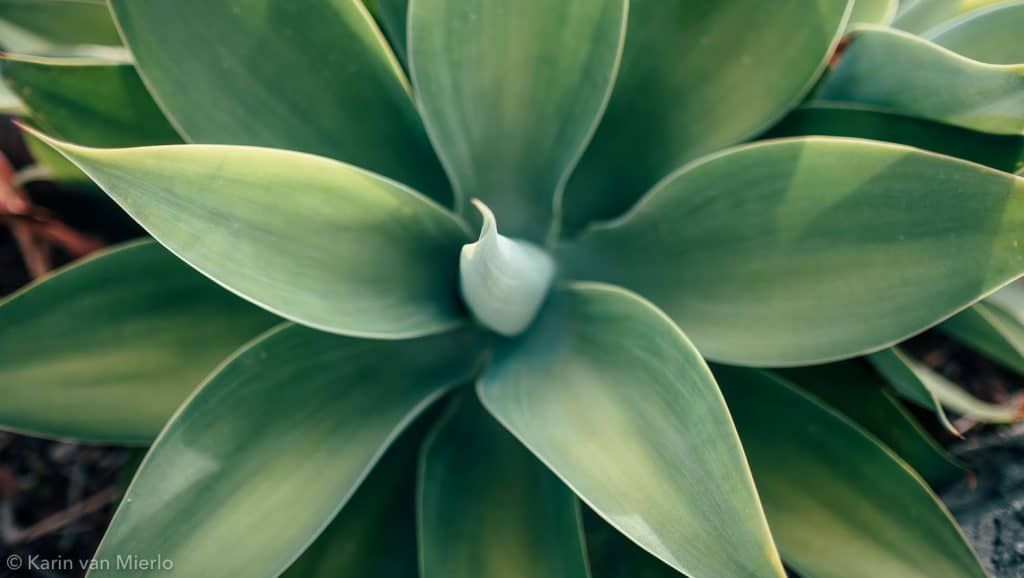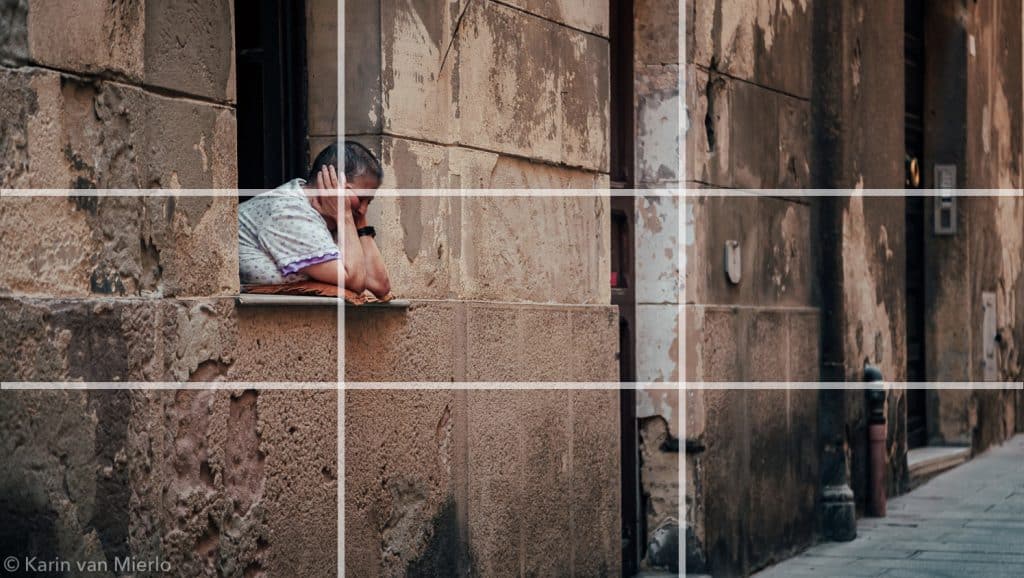
5 Travel Photography Tips for Beginners
Travelling is one of the greater joys in life. The pictures we take during our trips are oftentimes the only tangible memories we have of that unique experience. Knowing a little more than how to push the button can make those tangible memories a joy to look at for years to come.
So here are some essential travel photography tips so you can go beyond just pushing a button.
#1: Prepare Wisely
Whether you’re bringing a bulky DSLR, a lighter mirrorless or your smartphone it’s wise to prepare for your trip.
But first things first, if you have a lot of gear, try to limit yourself in the tools you bring on your trip. It happened to me often that I felt the need to bring everything I have, just in case, but came back after using not even half of the gear I travelled with.
Limiting yourself in the gear you bring can actually be a blessing in disguise. Not only because you don’t have to carry it around all day. It will also make you more creative because it encourages you to think outside the box.
Give your camera a good clean up before you leave. You can get that done in a camera shop. Or check out this article about DIY camera sensor cleaning.

The next step is to make sure you bring everything you need. That means a memory card and battery. It’s best to bring a spare for both. And don’t forget the battery charger. Check your memory card for files. And upload the files to your computer. Then format the card to start your holiday with a clean slate.
If you don’t have it already, consider buying a power bank for your phone. If you take a lot of pictures and edit them on the go your phone battery can get depleted during the day.
Also, check if you need a world plug for your destination. Nothing is more discouraging than discovering you can’t plug in your chargers.
#2: Find the Light
As we all know, light is the most important ingredient of a picture. And natural light is the best. Try to avoid using your flash as it gives harsh light that doesn’t do your subject any favours.
Sunlight is available all day long. But you’ll find the most beautiful sunlight in the morning or afternoon. Morning or afternoon light creates long shadows. And that makes your pictures more interesting because the shadows create depth.

An especially beautiful time of day is the late afternoon during the golden hour. It’s called golden hour because it gives your subject a magical warm glow. It can transform a simple landscape into a mythical place and a plain portrait into a glowing love song.
Wanna dive deep into the light? This blog post is fully dedicated to mastering natural light photography.
#3: Mix It Up
A lot of people just take the first shot that presents itself and are happy with it. This results in a stream of pictures taken from more or less the same point of view. The same pictures everybody else comes home with.
If you want to take your photography to the next level, you need to take a different approach. So how do you do that?
It’s actually quite simple, you make an effort to walk around your subject. To explore different points of view. You can, for instance, get really close to photograph a detail. Or you can get down on your knees to photograph from an unusual angle. Or take a step back and shoot a panoramic scene.
Mixing it up can make your pictures look instantly better, more interesting, and more varied.
It’s worth your effort and time to go a little deeper than those first impressions. Be curious and look for something different!
#4 Get into Composition
It’s amazing to see how little tweaks in composition can turn a mediocre picture into a great one. It’s all about paying attention to how you arrange everything.
For instance, placing the horizon in the middle of the picture can be a little boring. But when you place the horizon at one-third of the picture it immediately becomes more interesting. This is one of the best-known composition tools, the rule of thirds.
Rule of Thirds
According to the rule of thirds, the frame is divided by four lines, two horizontal and two vertical. The intersection points of those four lines attract attention. The lines themselves do the same.

Most cameras, including phone cameras, have the option of activating this three by three grid in the viewfinder or on the screen. It makes it even easier to compose your pictures with the rule of thirds in mind.
Symmetry
Another very important composition tool is symmetry. Symmetry is very pleasing to the eye. If you come across a natural symmetrical subject, pay attention to those symmetrical elements. Then make sure your composition is as symmetrical as possible.
Want more composition tips? Check out this post about composition in photography.
#5 Make Connections
When you’re on holiday, it’s great to take pictures of an amazing landscape or a remarkable building. But have you ever considered that photographing the people that live there can be very rewarding?
This might feel a little scary to you, and I get it. Because you never know how someone is going to react to your camera.
That’s why it’s important to be respectful and ask for permission. This doesn’t need to be a full-on conversation. Quite often smiling, and pointing at your camera will break the ice, and you can take it from there.
Some people will decline. That’s okay, just keep smiling and walk away. Although officially you are allowed in a lot of countries to photograph people in public places, that doesn’t mean you should enforce that right.

But it can also happen that this little gesture will be the start of a conversation and a little photoshoot. Good for you!
The main thing is to make a connection and to be respectful. Customs differ across the globe. What is normal to you might not be for someone in another part of the world. Be aware of that difference. You can ask your travel agent or your host what the local customs are considering photographing people in public places.
If you like to photograph people, check out more street photography ideas here.
Of course, there is a lot more to say about travel photography. That’s why I created a free Travel Photography Playbook. It dives deep into your mindset which is vital for travel photography and contains tips on gear, composition, and light.
Let’s Have a Conversation:
Do you travel with a camera, or do you prefer to take photos with your smartphone? What do you do to make your shots more interesting? Do you follow the rules of composition? Where did you take your best shot ever?
Tags Photography







my photographic skills don’t include huge, sweeping panoramas or apertures and lighting. i can take a picture where you recognize the person. when i vacay, i take a few snaps to prove we were there, post a lucky scenic shot, and spring for the $14.95 professional brochure to enjoy at home. they have All the equipment and are clued in to the right spots at the right time of day. a bit more simplistic, but it’s served me well for decades. happy trails!